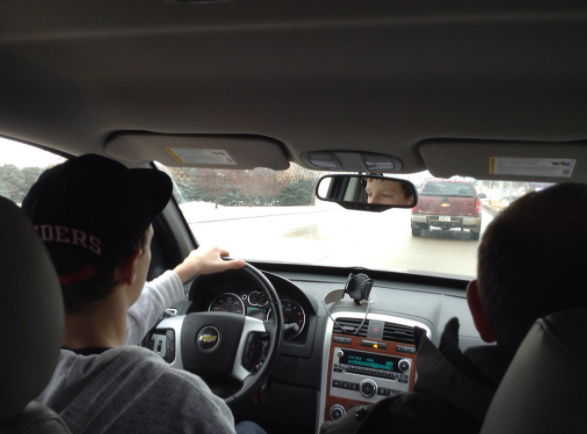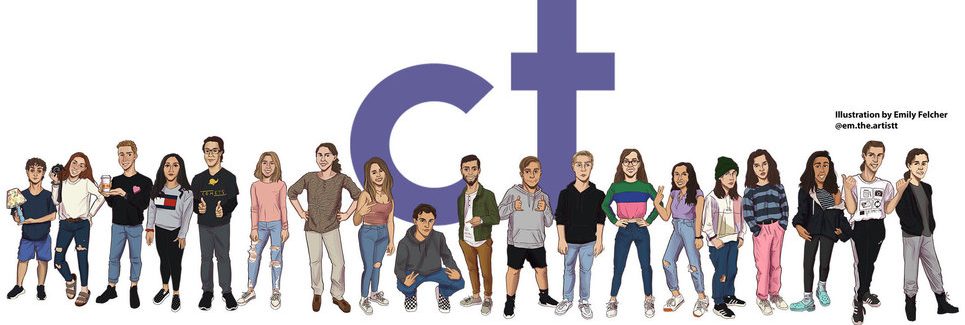What Does Driver’s Ed Look Like During the Pandemic

A student learning to drive before the COVID 19 pandemic.
March 5, 2021
Many students remember what the pandemic has taken from them. It has isolated them from their friends, forced them to stay home, and made school somehow more difficult than before with online classes. While COVID has taken its toll on many other facets of student life, one important aspect of teen life that has taken a backseat in most people’s minds is learning to drive. Driver’s education is a major part of teen life that grants them a certain kind of freedom, but how has it fared with COVID looming over everything?
To examine the case of one vehicular academy, Preston’s Driving School only let you take courses over the summer into fall if you were already registered for a class before the quarantine shutdown that began in March. The actual instruction took place for around two weeks during late summer where the class would sit in benches spaced apart under a roof in Fitzgerald park, rather than in an indoor classroom. Students would wear their masks while receiving instruction from a teacher for roughly two hours. This ended with a test, where upon passing the student would drive with an instructor and a partner in a car for 6 hours split into six drives each. The only real difference between this part before and during the pandemic is that everyone in the car had to wear masks and gloves and the car would be sanitized in between drivers. Once a student received their level one license, they had free reign to drive with someone 21 years or older with their license. They would have to rack up at least thirty hours of driving in around three months in order to continue to segment two. This part did not change as much during the pandemic aside from the fact that there are not as many reasons for one to get out of the house and drive due to quarantine.
Segment two is noticeably shorter than the first with only three days of around two hours of lessons. Due to this part taking place in the colder winter months, the class took place online. Students were required to have their cameras on and access to audio at all times, aside from a ten minute break during the middle. In terms of advantages and disadvantages, the instructor was able to show videos and images this time around, but unable to hand out papers. Once those instructions were done you had to take a test similar to what happened in segment one with tables spread out in a large room, except this time it took place in a heated, indoor environment. If the student passed, it was back to racking up drive time for their road test, this time fifty total hours. Lastly, driver’s education students will have to complete the road test for their level 2 license, which would look similar to driving with an instructor in terms of safety precautions.
All of this begs the question: How have students felt about them? After all, it is the students that are being affected most of all by this. Some students anticipated that these types of changes were bound to happen due to the pandemic. student going through driver’s ed was asked if it was any different from what they had expected, their response was “…the classes were a lot longer than I thought but everything else was what I expected.”
Looking forward, students will (hopefully) not have to worry about COVID precautions soon enough with vaccination rollouts, and classes will be back to normal. One day COVID may just be a part of history near entirely forgotten about. For those who are not registered for driver’s training yet, you can check out Preston’s Driving School here: (https://www.prestondriving.com/)

